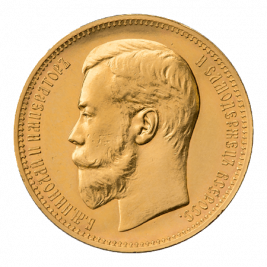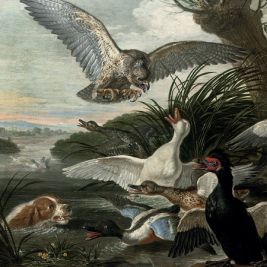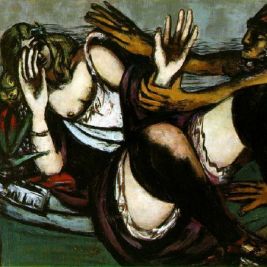
The Rise of Generative Art: Bridging Technology and Creativity
In the realm of art and technology, generative art emerges as a groundbreaking fusion that challenges traditional notions of creativity and artistic expression. Utilizing algorithms and computer code, artists set parameters within which a piece can evolve, resulting in unique and continuously transforming works. This blog post explores the essence of generative art, its techniques, and its implications for the future of artistic expression.
The Nature of Generative Art
Generative art refers to works created through systems set by artists—usually software that can generate outputs, which might include images, sounds, or animations, based on a set of programmed rules or algorithms. The artist creates the system and the rules, but the actual artwork is produced by the computer executing these rules, leading to creations that can be unpredictably delightful and complex.
Key Techniques and Media
- Algorithmic Compositions: Artists write complex codes that dictate how elements within the art piece interact and change over time, creating patterns that are both mathematically precise and aesthetically pleasing.
- Interactive Installations: Some generative artworks include sensors or input devices that allow viewers to influence the artwork’s evolution, creating an interactive experience that blurs the lines between creator and observer.
- Digital Projections and VR: Advanced projection techniques and virtual reality are often used to display generative art, enhancing its dynamic nature and immersing the viewer in a digitally curated environment.
The Impact of Generative Art
Generative art is not just about the end product but about the process of creation. It raises questions about the role of the artist and the creative process, as the artist is designing the process more than they are crafting the individual piece of art. This shift brings up fascinating discussions about creativity, authorship, and the relationship between human and machine creativity.
Future Potential and Trends
As technology advances, so too will the capabilities and complexities of generative art. Artificial intelligence and machine learning are beginning to play a role, with systems that can learn from their environments and evolve their rules and outputs in more sophisticated ways. The potential for generative art to personalize experiences and create continuously evolving art forms makes it a fascinating frontier for both artists and technologists.
Generative art represents a significant shift in the art world, one that challenges our traditional boundaries of art and creativity. It invites us to reconsider the role of the artist and the ways in which art can be created and experienced. As we continue to explore these new possibilities, generative art is poised to redefine the creative landscape, offering endless opportunities for innovation and expression.
Are you intrigued by the fusion of art and technology? Share your thoughts in the comments below or explore our other content on contemporary art trends. Connect with us on social media to stay updated on the latest developments in the art world.

 Schloss Ahlden: 190. Internationale Kunstauktion - Teil III
Schloss Ahlden: 190. Internationale Kunstauktion - Teil III  Marquetry is the elegant ancient art of inlaying veneer
Marquetry is the elegant ancient art of inlaying veneer  The coin of 37 rubles and 50 kopecks is a valuable masterpiece of Russian numismatics with a non-standard denomination
The coin of 37 rubles and 50 kopecks is a valuable masterpiece of Russian numismatics with a non-standard denomination  Animalism is a popular genre in painting from prehistoric times
Animalism is a popular genre in painting from prehistoric times  German Porcelain: History of Creation and Development
German Porcelain: History of Creation and Development  Expressionism - a shocking emotional movement in 20th-century art
Expressionism - a shocking emotional movement in 20th-century art  100th Auction at HERMANN HISTORICA from 7 to 16 May 2024
100th Auction at HERMANN HISTORICA from 7 to 16 May 2024  The painting "The Burning of the Houses of Lords and Commons" by William Turner is a dramatic depiction of a historical event
The painting "The Burning of the Houses of Lords and Commons" by William Turner is a dramatic depiction of a historical event  Etching is a type of engraving and printing technique
Etching is a type of engraving and printing technique  The painting "The Temptation of St. Anthony" by Hieronymus Bosch is a unique and mesmerizing work from the depths of centuries
The painting "The Temptation of St. Anthony" by Hieronymus Bosch is a unique and mesmerizing work from the depths of centuries